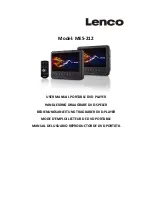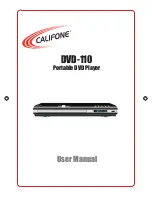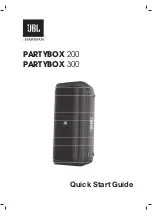
CURIS
®
Instructions for Use
19
The neutral electrode has to be applied as close as possible to the surgical area, reliably, and
with its entire surface in contact with the patient’s body.
Secure contact of the neutral electrode must be ensured for the entire RF application duration.
The circulation must not be impaired by the application of the neutral electrode.
When using disposable adhesive electrodes, ensure that the expiry date has not passed.
The supply cables to the RF electrodes are routed without loops so that they touch neither the
patient nor other cables. This applies in particular to the neutral electrode. Only use the cables
intended for the device by the manufacturer.
The supply lines and the instruments used are designed for the RF voltages of the CURIS
®
and
these must not be exceeded (see the voltage diagrams in chapter 9.3.2).
The current paths in the body are as short as possible and run lengthwise or diagonal to the
body, not crosswise, the latter under no circumstances on the thorax. Any metal components
in and on the body must be removed if possible, insulated, or require special attention.
To ensure continuous application during the entire duration of the operation, we recommend a
split disposable adhesive neutral electrode. Continuous monitoring of the patient is only
ensured with a split adhesive neutral electrode.
Monitoring is not possible with a one-piece neutral electrode. No warning signal is
triggered in case of poor contact!
Applying the neutral electrode to implants and other metal components, or to bony
protrusions and scar tissue, is not permitted. The application site may have to be
prepared by cleaning and degreasing, and the removal of heavy hair growth. Substances
that dry out the skin (such as alcohol) may not be used for removal.
Do not pull on the cable or connecting lug to remove the neutral electrode. Pulling
adhesive electrodes off quickly can cause skin injuries.
7.4
Pacemaker, implants
For patients with metallic implants, RF current paths generally may not pass through
these implants. This must be taken into account for the application of the active and
neutral electrode. Applying the neutral electrode via endoprostheses is prohibited. Never
apply the neutral electrode via metallic implants.
Patients with active implants such as pacemakers or implanted electrodes may be
endangered by the application of the RF device. Irreparable damage to the active implant
or an impairment of its function are possible effects. Because of these uncertainties,
radio frequency should only be used on such patients when there is no equivalent
alternative. The guidelines that follow must be observed.
Monitoring such patients with suitable monitoring devices is recommended. Keep a defibrillator
and external pacemaker ready for use. Always choose the lowest possible output power setting for
the RF device. Do not apply the active electrode of the RF device closer than 15 cm to the implant
Summary of Contents for CURIS 36 0 00-01
Page 2: ......
Page 44: ...CURIS Instructions for Use 40 Notes...
Page 45: ...CURIS Instructions for Use 41 Notes...
Page 46: ......
Page 47: ......
















































